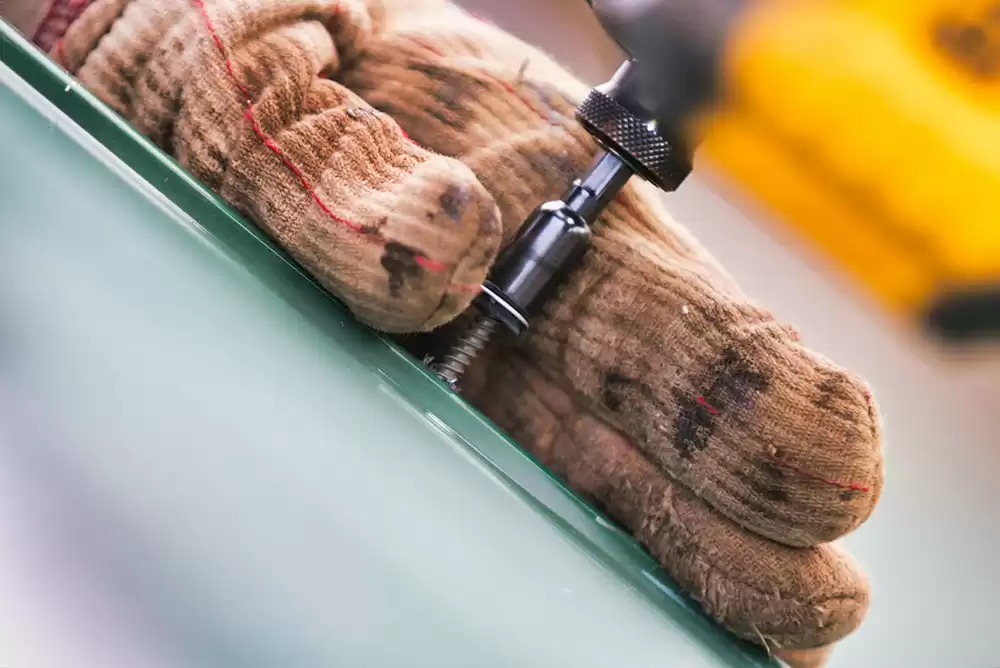Commercial roof maintenance is about more than just fixing leaks—it’s about safeguarding your investment. In my experience serving business owners, landlords, property managers, and HOA managers in LA, Ventura, and Orange counties, a well-maintained roof is essential for the longevity and safety of your property. In this article, I’ll walk you through the critical components that require regular attention—from roof penetrations and seams to drainage systems—and explain why timely, professional inspections can prevent significant issues down the road. Let me share my insights on how a proactive maintenance schedule keeps your roof in top shape and your building secure.
Components that Require Maintenance
Some components of a commercial roof need more frequent attention than others. We recommend inspecting the entire roof system routinely.
The most apparent components needing nearly constant maintenance are anything that penetrates the roof. To visualize this, think of the roof as a football field. If you have pylons or structures protruding through that field, those represent roof penetrations—such as plumbing vents, exhaust fans, mechanical equipment, skylights, and other structural elements. If the roof were a completely smooth, uninterrupted surface, it would be less prone to issues. However, these penetrations create common sources of leakage and, by extension, are my most frequent maintenance concerns. Because of this, we inspect them annually and perform sealing touch-ups as needed.
When performing an inspection, we also check the seams and laps—where different sections of roofing material join together. Although these areas don’t typically require annual resealing, factors like age, wear and tear, and workmanship can lead to delamination or separation over time. We may not always expect to find damage, but identifying any issues before they result in leaks is crucial.
In addition to penetrations, seams, and laps, another common issue on commercial roofs involves damage caused by other trades working on the roof. For instance, HVAC technicians performing maintenance might accidentally drop screws or tools, leaving behind debris that could puncture the roofing material. Small gouges and punctures like these can become problematic if left unaddressed.
Another key component requiring regular maintenance is the roof’s drainage system. Ensuring that roof drains are free of debris is critical to preventing water buildup. We make it a point to check that drains remain clear of leaves or other obstructions that could hinder water flow. Standing water on a roof can lead to significant damage over time, so keeping drainage paths open is essential.
We ensure that a commercial roof undergoes a full inspection at least once a year. While some elements, like penetrations, need annual maintenance, others, such as seams, laps, and drainage, should be addressed as needed based on inspection findings.
Commercial Roof Maintenance Schedule
Some maintenance tasks should be inspected more frequently due to environmental factors. For example, if a property has many tall, mature trees nearby, they can shed leaves and debris onto the roof, which requires more frequent cleaning. Regular roof cleaning is essential to prevent clogged drains that can lead to severe damage. Although uncommon, a completely clogged drain can cause catastrophic issues—such as a ceiling collapse, where hundreds of gallons of water suddenly pour into the building. That’s not just a small leak; it’s a major, preventable disaster.
Properties in high-wind areas demand extra attention because debris might blow onto the roof from half a block away rather than just 20 feet away. Certain facilities require even more specialized maintenance. For example, in food processing plants like Farmer John—where bacon and ham are processed—extensive rooftop equipment is designed to catch and contain grease and debris. Under normal functioning, that system works fine; however, grease can spill onto the roof if something malfunctions. Grease is not only unsanitary but can also cause significant wear and deterioration to the roofing material in a very short time.
We recommend a full roof inspection once a year, but properties in these types of environments—whether due to trees, wind exposure, or industrial processes—should schedule more frequent inspections to prevent major issues before they start.
When to Call a Professional
The quality of maintenance staff can vary significantly from one organization to another. Many of the maintenance personnel sent up on roofs are tasked with clearing leaves and debris. That’s a straightforward job. It doesn’t require technical expertise.
However, expertise does matter when it comes to resealing pipes and vents. While anyone can go to Home Depot or Lowe’s and buy a bucket of mastic or caulking, simply applying it to a pipe or vent doesn’t guarantee a proper seal. The challenge is twofold. First, certain materials are not compatible with all roofing systems. A maintenance worker might buy a mastic that isn’t suited for the specific type of roof they’re working on. They may think they’ve sealed something effectively, but in reality, they’ve just made a mess that looks good superficially but doesn’t perform as needed.
The second issue is material longevity. Not to diminish the skills of handymen, but many will use materials that have a short shelf life—perhaps six months to a year before they degrade and need to be reapplied. When we service a roof professionally, we use longer-lasting materials specifically designed for durability. Additionally, purchasing from a roofing supply yard rather than a big-box store like Home Depot offers a much wider range of options, with greater variations in quality and longevity. Many maintenance workers simply grab whatever is available without necessarily knowing the best material for the job.
So, while it’s not a bad idea to have a handyman periodically check the roof, their best use is for cleaning and identifying visible, obvious damage. The actual repairs should be left to professionals.
A lot of it comes down to managing debris. Removing trees, branches, and other debris is crucial for maintaining the roof’s integrity. Algae or moss growth on the roof can also become a problem in areas near the beach. These issues are more common in wet microclimates and require attention because they can degrade roofing materials over time.
Roof maintenance depends largely on the area you’re in. Here in California, we deal with a variety of microclimates, and each one presents its own challenges. Whether it’s a wet or dry microclimate, you’re likely to end up with something on the roof that needs cleaning or attention. The key is regular upkeep tailored to your specific environment.
Conclusion
Maintaining a commercial roof is not just about addressing leaks—it’s about proactively protecting your property’s long-term value. We recommend a comprehensive inspection at least once a year, with additional checks when environmental factors demand extra vigilance. Whether it’s resealing penetrations or ensuring your drainage systems are clear, a well-planned maintenance schedule can prevent minor issues from escalating into costly disasters. By investing in regular, professional inspections and timely repairs, you’re taking a crucial step toward safeguarding your building and ensuring its performance for years to come.
Protect your property’s value—explore roof maintenance solutions today!







